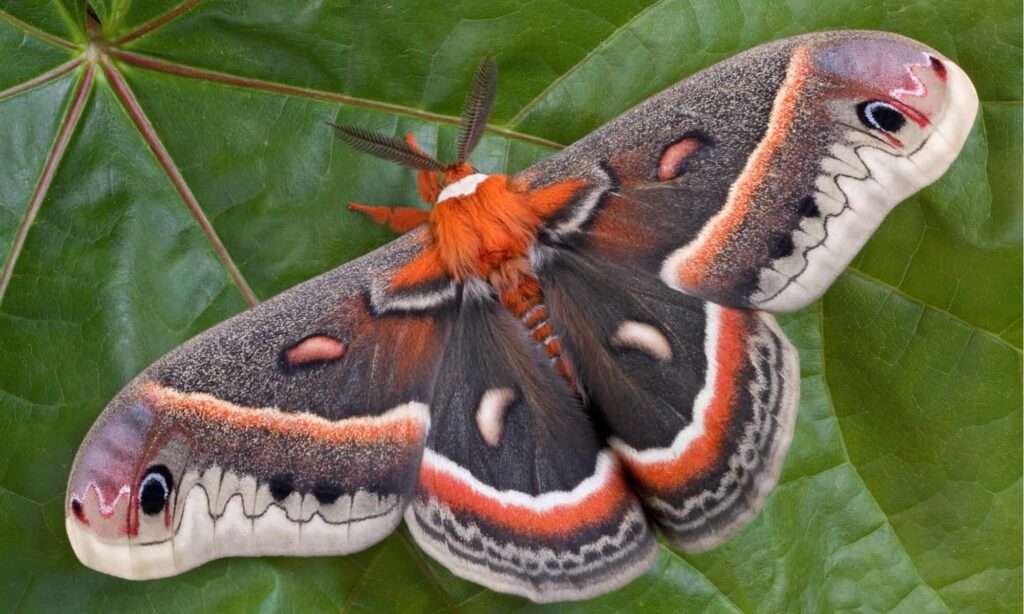
Description
Scientific Name: Ecpantheria scribonia
Giant Leopard Moths are so named because of their leopard-like markings. It was earlier called Ecpantheria scribonia that has now been changed. Various names for this moth include Eyed Tiger Moth and Great Leopard Moth.
Giant leopard moths are large beautiful white and simple to recognise. There are numerous black dots on the forewings, many of which have hollow (white) centers. In the light, some of the dark markings glow blue. The inner border of the hindwing’s black shading bears dots at the outer tip.
Habitat
They are a common moth found throughout the eastern and southern regions of the country, from New England to Mexico.
They frequently visit various forests with host plants, which the caterpillars extensively graze on. They can be found in parks, gardens, farms, and woodland places.

Diet
They consume a variety of plants with broad leaves during the caterpillar stage, including violets, honeysuckles, broadleaf plantains, magnolias, citrus, lilacs, and dandelions.
Behavior
The caterpillars move away from their food sources and settle down in a protected area where they hibernate until spring arrives.
Adults venture outside at night because they are nocturnal; they are not visible during the day.
As Pets
You can easily keep them as pets. Some of these conditions are to be ensured for petting them:
Housing
Create a large pot with grass, twigs, and leaves, then make holes in the surface before covering it with a plastic sheet. This will enable the eggs to transform from a caterpillar into a chrysalis.
Feeding
Put fresh leaves that the caterpillar eats. For easy feeding, try to know about the host plants.
Care
You can put the jar in the garden or on the balcony to give it access to natural environments.
Table





